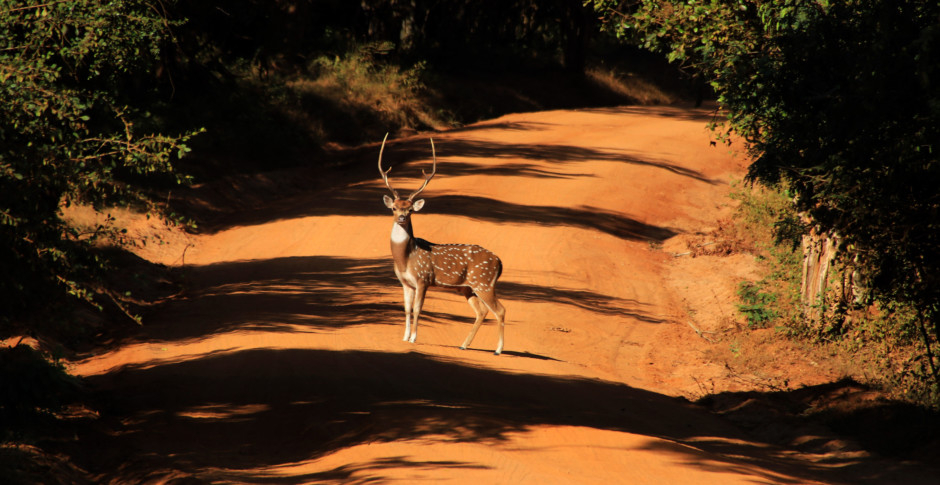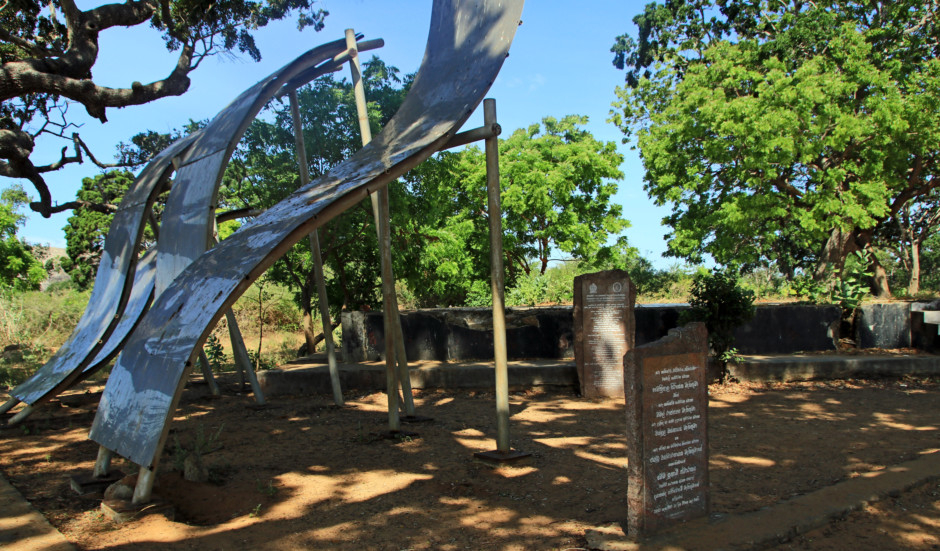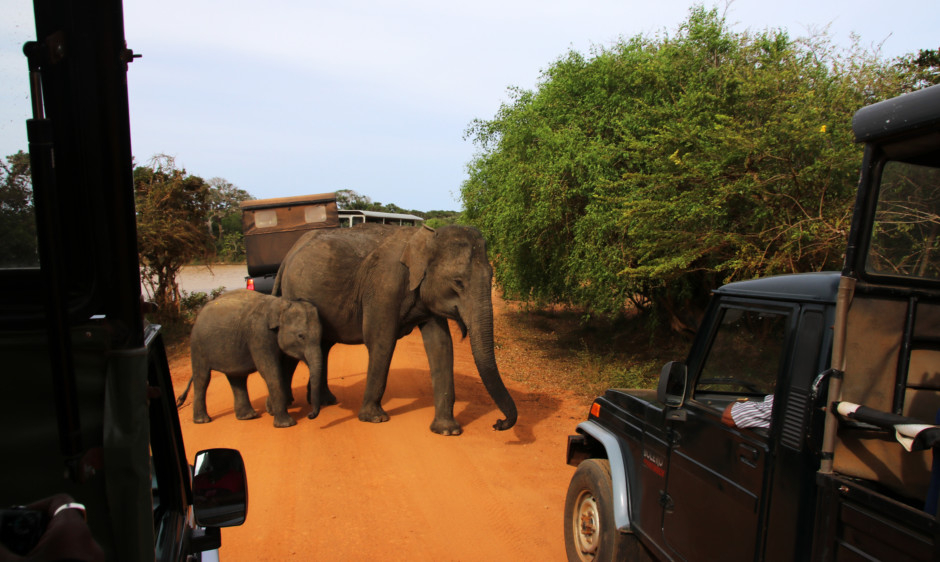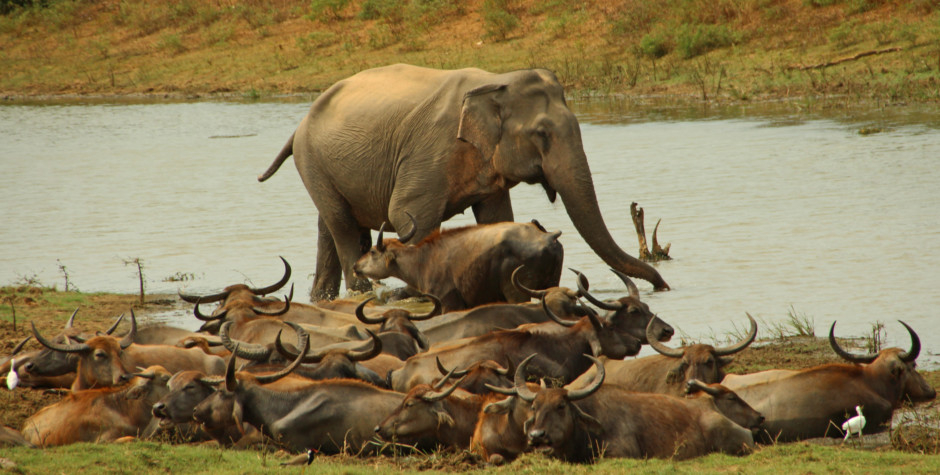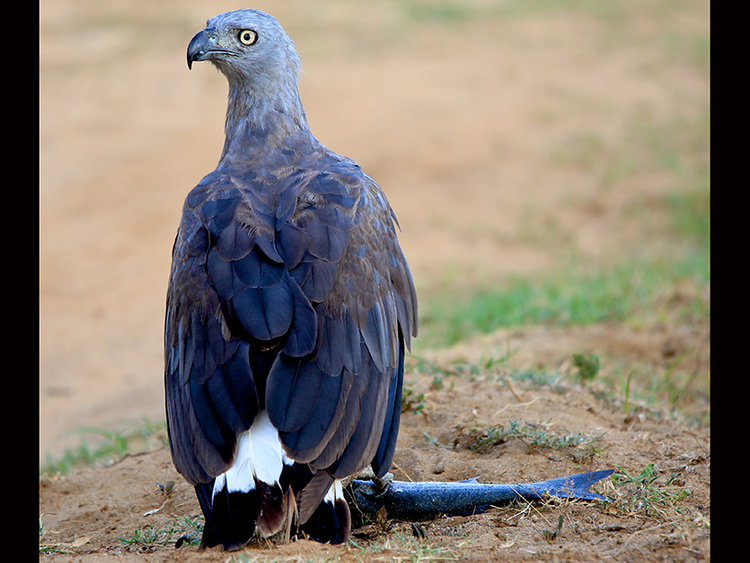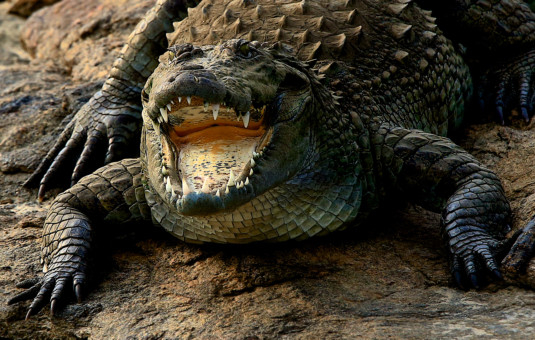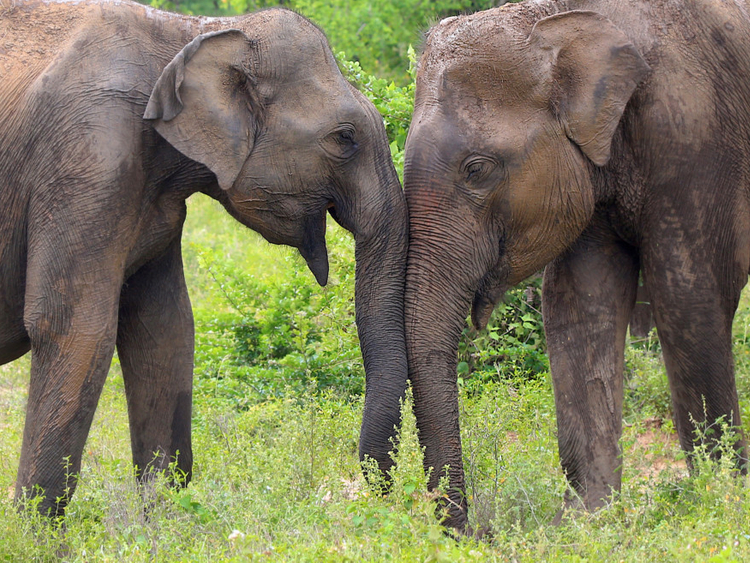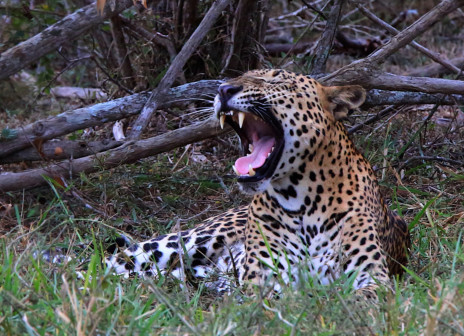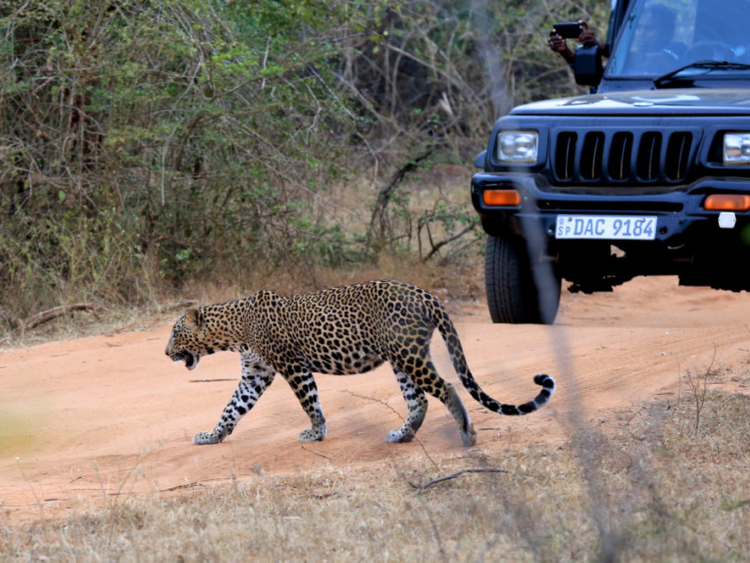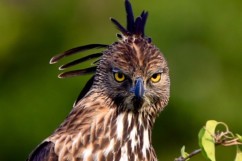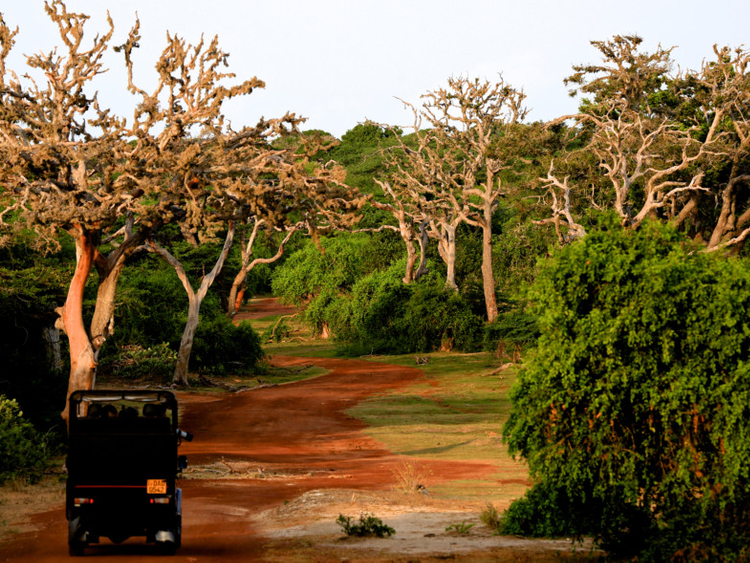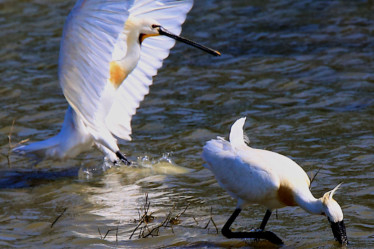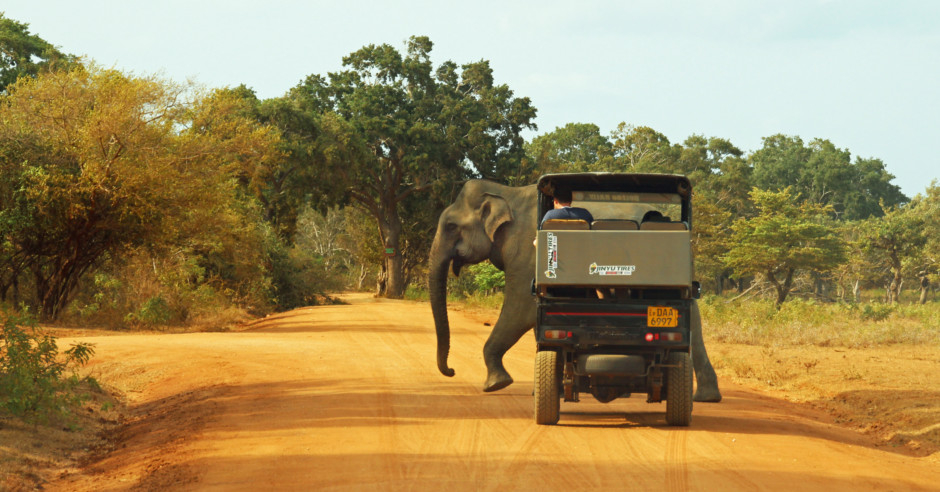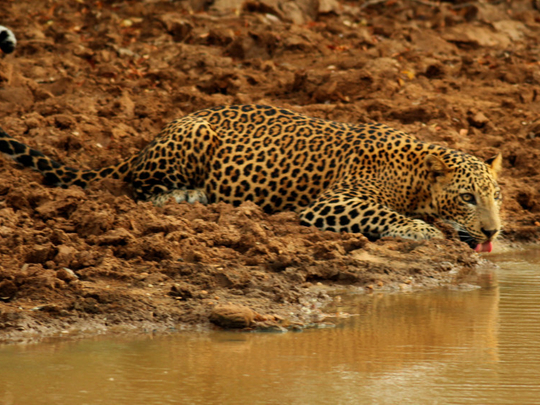
Our more recent wildlife quest took us to a magnificent jungle in Sri Lanka where the leopard, not the lion, is king. This is not a shallow statement; Yala, which is around 300km south of the capital Colombo, has a very high concentration of leopards. Naturally, the big cat is the top predator in the area and roams freely.
Yala is the second-largest and most visited national park in Sri Lanka. To avoid the road journey from Colombo, I travelled with flydubai as it flies from Dubai to Mattala airport, which is right at the doorstep of Yala national park. In the planning stage of our trip, I was concentrating only on Yala, but our travel consultant Usiru Jinadasa of Jetwing Eco Holidays insisted that I also add two nearby parks — Bundala and Udawalawe.
After an overnight flight from Dubai, we landed at Mattala airport around 7am. The immigration formalities took mere minutes after which we surrendered ourselves to the care of Mahinda Jayasinghe, our guide and guardian for the next one week. As we started the drive to our hotel in Yala, a muster of peacocks welcomed us on the road. It was a promising start to our quest.
After a delicious breakfast, we started exploring the beautiful Jetwing Yala hotel, which is right on the seashore. We were so engrossed taking pictures of a monitor lizard next to the swimming pool and a troop of Gary, or Hanuman langur that we didn’t realise that it was 2pm, time for our first safari inside the park.
We were not expecting to see much during our little more than three-hour safari given the vastness of the place, but to our utter surprise, we encountered Sri Lankan jungle-fowl, Sambar, spotted deer, crocodiles, elephants and the showstopper of the day — the elusive leopard.
It was not just a fleeting glimpse; we saw the star of the jungle come down from a tree to drink from a nearby watering hole and then cross the road right between our cars with a devil may care attitude. What more could we ask for.
At 5am the next day we headed off in the dark to begin a full day safari as early as possible. Early mornings or late afternoons are the best times to spot wildlife. After getting our passes, we joined the queue at the park’s entrance just as the sun was coming up.
The atmosphere was just surreal.
Again the day started with a bang. I was taking pictures of an eagle when my wife whispered urgently: “Look... look, a leopard!”
The regal animal was crossing the road just in front of our car.
Our driver Janaka’s familiarity with the roads in Yala and our guide Mahinda’s experience granted us the opportunity to capture the rare sloth bear, which is very difficult to spot. One side of the park border is ocean offering great views. There are a few designated places in the park where you can leave your vehicle and refresh yourself during a full day safari. Patanangala is one such area where you can enjoy the beauty of the sea and the rocks at the edge of the park. This place now represents more than a rest area; it bears the scars of one of the deadliest natural disasters in human history. At the base of a foundation that was once a restaurant lies a memorial to the victims of the 2004 tsunami.
BUNDALA PARK
Our next visit was to Bundala Park, Sri Lanka’s first Ramsar site and fourth biosphere reserve. This coastal wetland is a haven for migratory as well as resident birds. The beauty of this place is so mesmerising that you can spend hours watching flocks of flamingo or other birds.
UDAWALAWE
Visiting Udawalawe, the last park on our itinerary, I realised why our travel consultant Usiru had insisted that we visit these parks. Udawalawe is famous for its elephant population. You can easily spot a large herd in the backdrop of mountains. Udawalawe reservoir plays a vital role for the elephants as well as for birds. We were lucky to witness a fight between two bull elephants as the herd gathered around a watering hole.
The diverse landscape, the variety of wildlife and the most touching part, the hospitality of the lovely people, make Sri Lanka a must visit destination for wildlife enthusiasts.



